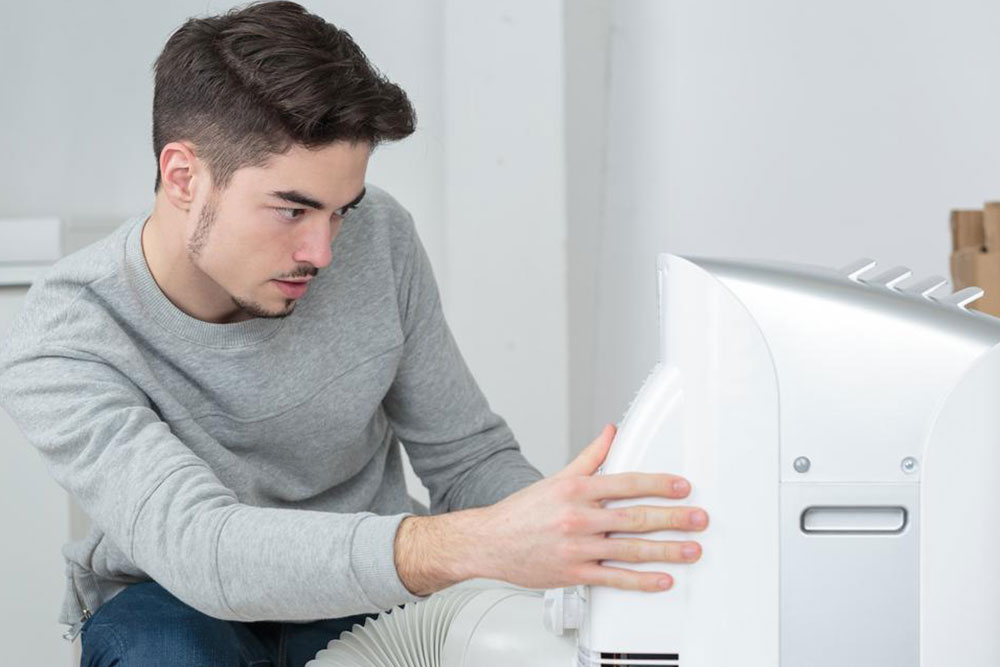The technology behind dehumidifiers

A dehumidifier is much like a vacuum cleaner, the only difference being it sucks out moist, humid air from your room instead of dust. It sucks in the humid air from one end, takes the moisture out of it and then blows back dry air into the room.
The moisture that is removed from the humid air is collected in a tank (condensed in the form of water) needs to be emptied from time to time.
Dehumidifiers remove moisture from the air with the help of HVAC or Heat Ventilating Air Conditioning unit, which itself is like a refrigerator.
Let us get into the technical side and figure out how dehumidifiers work.
Dehumidifiers work in one of the two ways. They work either by absorption/adsorption, in which the moisture is absorbed or adsorbed on the surface of a drying material which needs to be removed upon saturation. Or by refrigeration.
If dehumidifiers work on the principle of absorption or adsorption which works in the following way:
Moist air is drawn into the dehumidifier from a room through a duct.
The air then moves through a large rotating wheel which is made of a water-absorbing material that helps in removing the moisture content.
The air is drawn by a fan, that is operated by an electric motor.
Dry air is blown back into the room.
The wheel that absorbs or adsorbs the moisture rotates through a heated air space and blown-dry with the help of hot air.
This hot air then passes through a fan which is also powered by a separate electric motor and is blown out through an exhaust duct.
This whole arrangement is usually controlled by a thermostat and humidity sensors, giving you the control to make the room as hot and dry as you want.
Dehumidifiers working on the principle of refrigeration have a different approach. These dehumidifiers work in the following way:
Warm and moist air is sucked through a grill arrangement which is present on one side of the machine.
The electric fan draws the air inwards. This warm air then passes through freezing pipes which have coolant getting circulated in them.
As the air passes over these pipes it gets cooled down and the moisture in it gets condensed and turns into liquid water that drips down off the pipes.
The moisture-free air then passes over a heating element and warms up the air.
The moisture which has now turned into water drips into a collecting tray at the bottom of the machine.
Some dehumidifiers have a separate electrical mechanism to indicate that the tray is full, while others just have a float that indicates the level of water in the tray.

